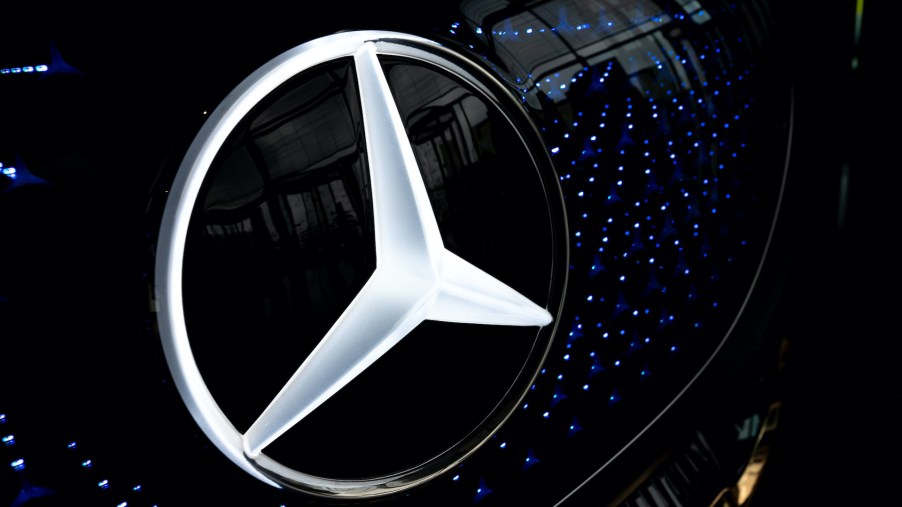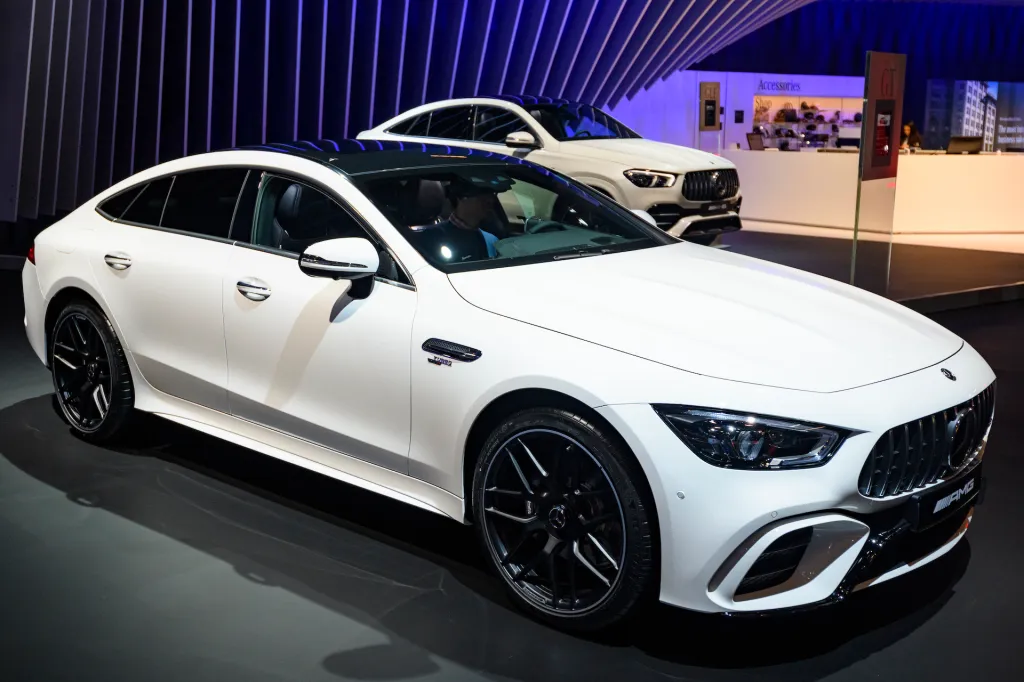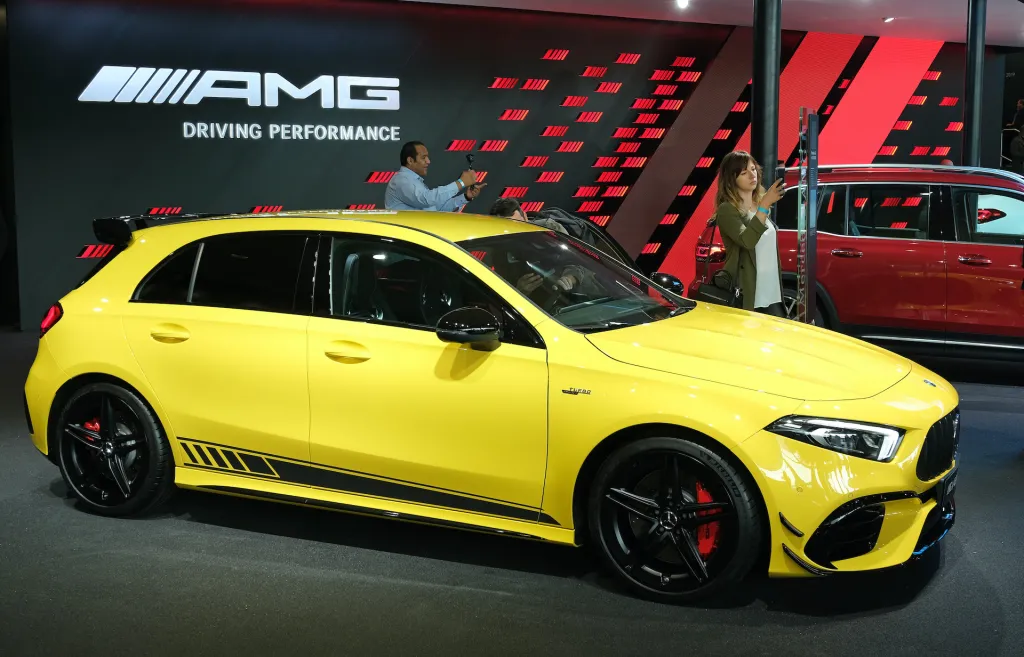
Here’s Why Non-V8 Powered Mercedes-AMG Models Are Still True AMGs
Mercedes-AMG recently released its 2021 model lineup, which included a range of new 35, 45, and 53 models. These new additions now mean that the V8s and V12s are no longer the gold standard. Turbocharged four-cylinders and inline sixes with hybrid assist are currently in the mix. While critics have argued that Mercedes-AMG has lost its way, these new models breathe new life into the brand. The German tuning house has built some of the greatest sports cars ever, and now they’re tackling a new challenge.
Mercedes-AMG was born from motorsport

Before there was Mercedes-AMG, there was just AMG, the name of a German engine building company. The company focused a lot of its time modifying Mercedes cars. In 1993, AMG signed a formal contract with Mercedes to produce sportier versions of regular models. The production of the very first AMG’s required engineers to take delivery of brand new Mercedes vehicles and immediately disassemble to create the AMG’s. Mercedes acquired a majority stake in AMG in 1999 and full ownership in 2005.
Since taking ownership, Mercedes rebranded the sporty models as Mercedes-AMG. The most iconic AMG model of all time is, without a doubt, the 1971 SEL 300 6.8 named “Red Sow.” The V8 powered sedan raced in the Spa 24 hours and immediately set the tone for the brand. Since then, most AMG models have used massive displacement V8s and V12s. Hardcore fans have grown fond of these powerplants, and the newest additions to the lineup are hard to accept.
A smaller engine doesn’t necessarily mean less power

We are a long way off from the ’70s, and downsizing is the name of the game. Modern-day Mercedes-AMG has taken a headfirst dive into turbocharging by ditching its iconic 6.2-liter V8 in favor of a 4.0-liter twin-turbo unit. After developing the new powerplant, it decided to put it under the hood of almost all of their sedans, coupes, and SUVs. Recent years have seen the implementation of “EQ Boost,” a hybrid system that works alongside the V8 to generate greater performance.
During this time, Mercedes-AMG had already begun producing 43 models, such as the C 43 and GLE 43, which utilized a modified version of the twin-turbo V6 found in the standard models. Naturally, the hybrid technology eventually found its way into these models, thus creating the 53 models. The hybrid coupled with the twin-turbo V6 means that although these are not the range-topping models, they are still real performers.
In the land of hot hatchbacks and sporty crossovers live the 35 and 45 models with their turbocharged four-cylinder engines. When they arrived on the market, the smaller AMG’s offered a more luxurious alternative to the status quo, often with more power. According to Mercedes-Benz, at least two-all new variants of this range will arrive in the US in late 2020.
Everyone wins when there are more sports cars in the market
The Mercedes-AMG range of products has never indeed been affordable to the masses. While the new products are still pricey, the new model ranges lower the overall price of entry. Instead of having just sportscars, sedans, and SUVs, we now have the addition of hatchbacks and crossovers.
Take the recently released Mercedes-AMG CLA 45 S, for example, a sedan with just shy of 400 hp and an available rear-wheel drive engaging drift mode. If drifting around isn’t typical AMG lunacy, then nothing will.


